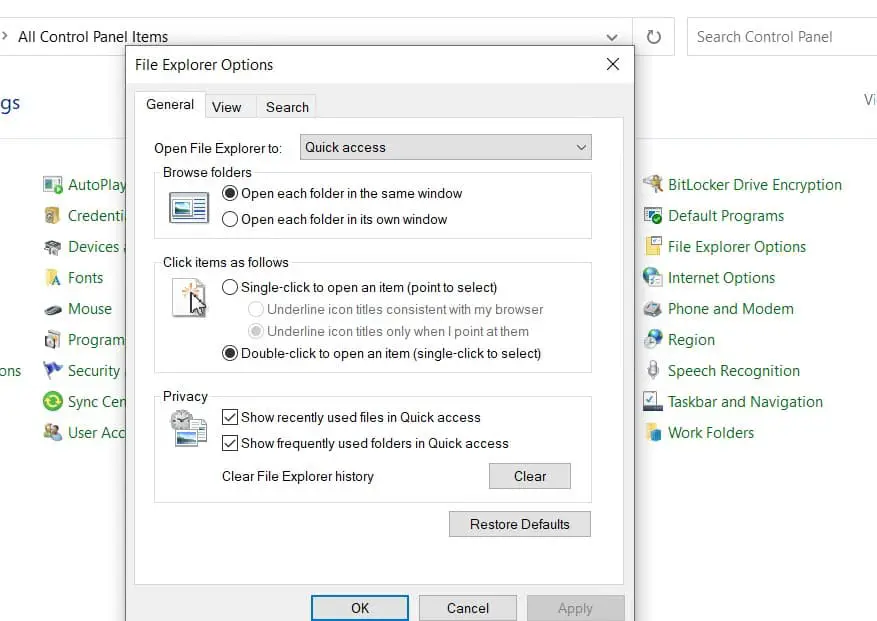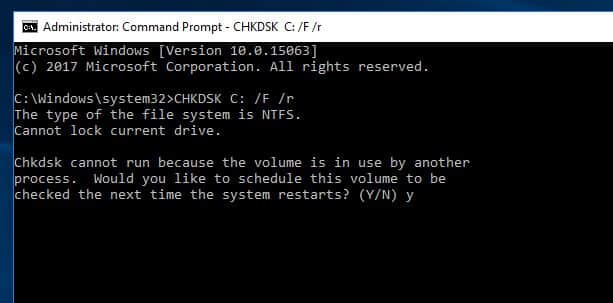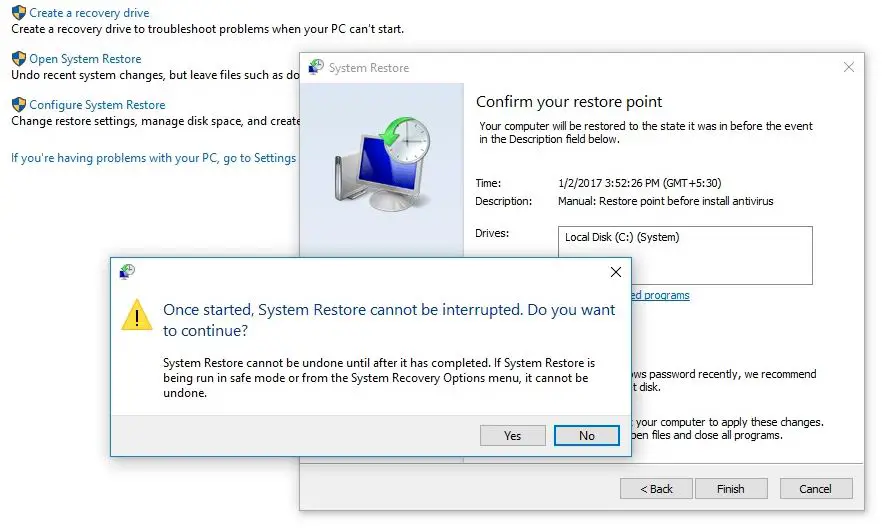File explorer or windows explorer enables easy browsing and managing of files and folders stored on a Windows 10 computer. You can press the windows key + E to open file explorer and access Files, Folder, and Drives on your computer. But sometimes you may experience, File Explorer Not Responding or File Explorer keeps freezing windows 10. Here in this post, we try to find out why File Explorer keep freezing or not responding and how to fix this problem on windows 10.
Why is Windows File Explorer Not Responding?
There are multiple reasons, why file explorer not responding or crashes on windows 10. Corrupted system files on your PC, outdated or Problematic drivers or Virus and malware infection on a computer are some common reasons why file explorer crashes.
The users who don’t update windows regularly are the main victim of it.
Installing the latest windows updates and repairing corrupted system files with the system file checker tool help most users fix this problem. For a few users, updating the display driver or scanning for viruses or malware infection resolves the problem on windows 10.
Before starting, we recommend, performing a full system scan latest updated antivirus or antimalware program to check and remove if viruses or malware infections causing the file explorer not responding.
Restart the Windows Explorer process
The easy and quickest way to fix the problem is, open task manager and restart the windows explorer process.
- Right-click on the taskbar on windows 10 and select task manager,
- Alternatively, you can press Ctrl + shift + Esc simultaneously to open task manager on your computer,
- Here under the process tab locate the windows explorer process, right-click on it select restart.
- In addition, you can open the command prompt as administrator. And run the command taskkill /f /im explorer.exe to stop or end the Windows Explorer process.
- Next, run the command to start explorer.exe to restart the windows explorer process.
Restoring File Explorer Defaults
If you have customized file explorer settings, reverting it or resetting it back to default might make it more responsive again.
- Press Windows key + R, type control.exe folders and ok to open file explorer options,
- Under the General tab look for the Restore Defaults option and click on it,
- Next move to the View tab, click on reset folders and then click on the restore defaults option there.
- Again move to the search tab and click on the restore defaults option then apply to save changes.
Run the System File Checker scan
Corrupted system files are another common reason why windows file explorer not responding or freeze. Run the system file checker utility that scans windows for Important system files. And if found anything corrupted the sfc utility automatically repairs or replaces them with the correct one.
- Press the Windows key + S and type cmd, Right click on the command prompt select run as administrator,
- Type the command Sfc /scannow and enter to execute the command. This will start to Scan your windows for errors.
- During the Scanning process, the Sfc utility will inspect all of the important Windows files on your computer including Windows DLL files.
- If System File Checker finds an issue with any of these protected files, it will replace it.
- Wait until complete the scanning process, If windows find any error this will display otherwise No Integrity Violation’ message will occur.
- After completing 100% Restart your system and check if the file explorer not responding problem is fixed.
Update Windows 10
Microsoft regularly releases windows updates with the latest bug fixes and improvements to optimize the system performance. Many of these updates address hardware and software issues, but they can also fix certain security flaws, therefore if you want your PC to be safe and free from errors it’s highly recommended that you use Windows Update and download the latest updates.
- Press Windows key + I to open windows 10 settings,
- Navigate update and security then windows update hit the check for updates button,
- If new or pending updates are there allow them to download and install on your computer,
- Once done you need to reboot your computer to apply the changes.
And most of the time windows updates can fix these bugs like explorer has stopped working.
Check Problems for Display Drivers
Corrupted and incompatible Device Drives may also cause this problem Especially the Display driver. Few users report updating the display driver with the latest version fix the problem for them.
- Press Windows key + X and select device manager from the context menu,
- This will display all installed device driver lists, locate and expand the display adapter section,
- Select and right-click on your Graphics driver then select the update driver option.
Click on Select Search Automatically for updated driver software and follow on-screen instructions to allow download and install driver updates from the windows server.
If the above action does not work simply Right-click on the Installed driver on the Device manager window and click on Uninstall. After that download the latest driver from the manufacturer’s website and install it most of the time this tip work for users.
 Clear File Explorer Cache
Clear File Explorer Cache
Sometimes cached data in File Explorer’s history could be the reason why file explorer not responding or crashes. Let’s Clear Out File Explorer’s History and check if this helps.
- Press the Windows key + R type control and click ok to open the control panel,
- Navigate to File Explorer Options and Click the Clear button right next to Clear File Explorer History under the General tab.
- Restart your computer and check if this help fix the problem on windows 10.
Check the Hard disk For Errors
Problems with the disk drive or Bed Sectors on Hard Disk, not only slow down the windows PC but also you may experience file explorer crashes when opening a folder or right-click on it. If the above solutions fail to fix the problem, run the chkdsk command to check the disk drive for errors and fix them.
Let’s see how to repair the hard disk bad sectors.
- First, open the command prompt as administrator,
- Type command chkdsk C: /f /r and press enter key,
Note: Here CHKDSK is short of Check Disk, C: is the drive letter you want to check, /F means fix disk errors, and /R stands for recover information from bad sectors.
- This will prompt a message the volume is in use. would you like to schedule this volume to be checked the next time the system restarts? (Y/N) Press Y and restart windows.
- Windows will scan and Repair your Drive automatically wait until 100% complete. After That check, whether the problem is solved or not.
Clean boot windows 10
Sometimes specific startup applications or services interfere cause file explorer to crash. Clean boot windows 10 that helps find out the problematic application or service.
- Press Windows key + R, type msconfig and click ok to open the system configuration window,
- Go to the Services tab, Put a check on Hiding all Microsoft Services and then click Disable All.
- After you choose Disable All, click Apply/OK and reboot your PC.
- Restart your system, and check If the problem goes away, then it’s one of the services.
Note – These services will be automatically enabled when you start using programs. So there is no need to re-enable them.
Clear your System’s RAM from Memory Problems
Acknowledging the importance of holding key instructions and application codes, faulty RAM can cause irregular behaviors within Windows. To check for these errors, use the built-in memory diagnostic tool, See How To Run Memory Diagnose Tool To Fix Memory Problems.
- Press the Windows key + R, type mdsched.exe and click ok to open Windows Memory Diagnostic tool.
- Choose Restart now and check for problems (recommended) from the options in the popup to start the scan right away.
- Once done, the Windows Memory Diagnostic tool will scan and resolve any existing memory-related problems.
Perform System Restore To solve this error
If you get this error after install third-party software or application then first use System Restore to get old settings.
- Click on start and type “System Restore” then click Create a System Restore point
- Click System Restore and select Choose a different restore point then click Next.
Did the above solutions help fix Windows file Explorer not working or not responding problem on Windows 10? Let us know in the comments below.
Also read:
- Windows 11 File Explorer Not Working? Apply these 7 solutions
- What Are Corrupted system Files and How to Fix Them windows 11
- 6 Reasons Why windows 11 computer May Run Slowly
- Windows 11 Update won’t download or failed to install [solved]
- Windows 10 Mail App does not print emails? Here some quick solutions !!!
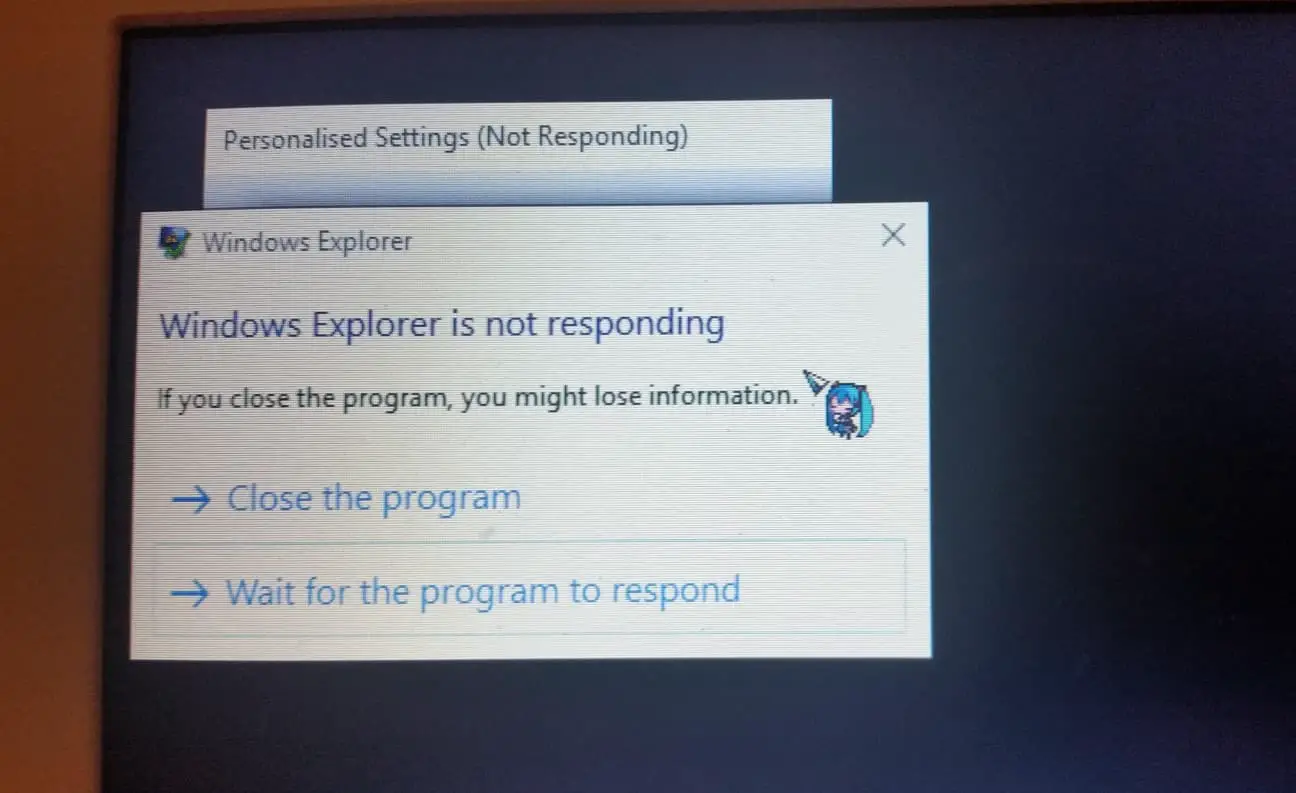
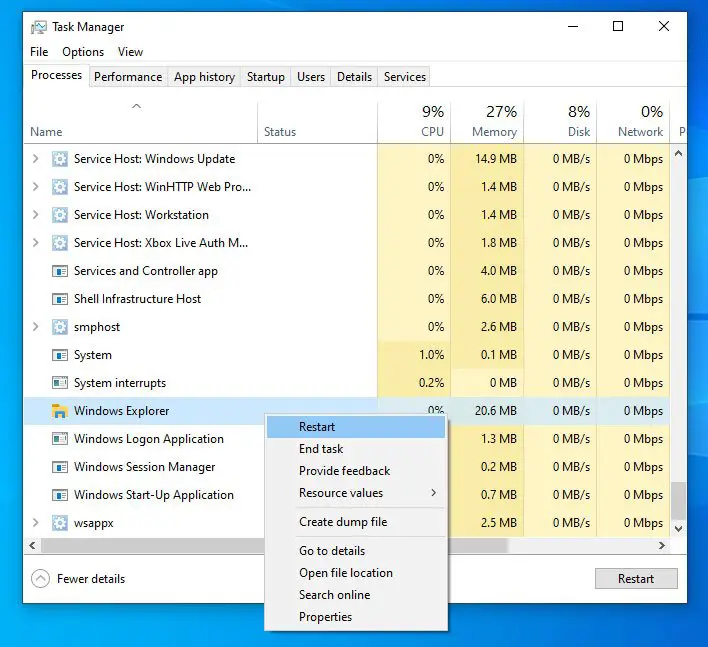
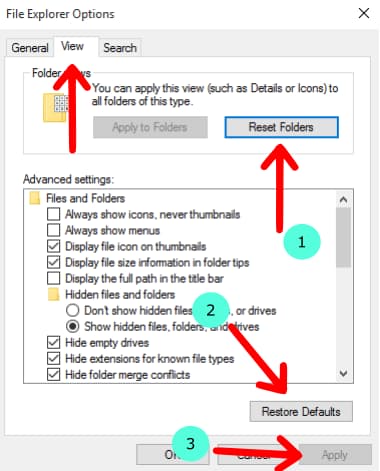
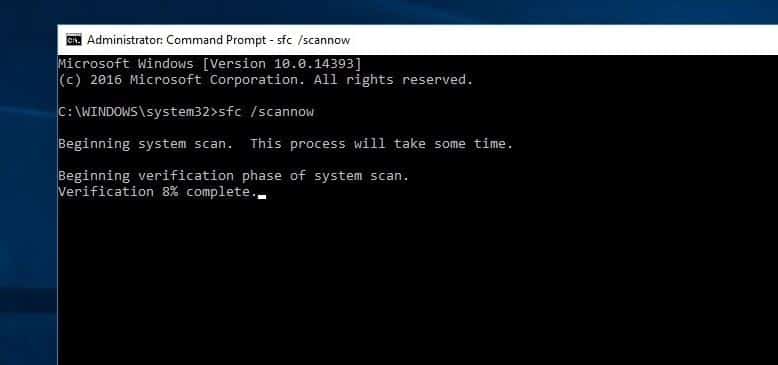
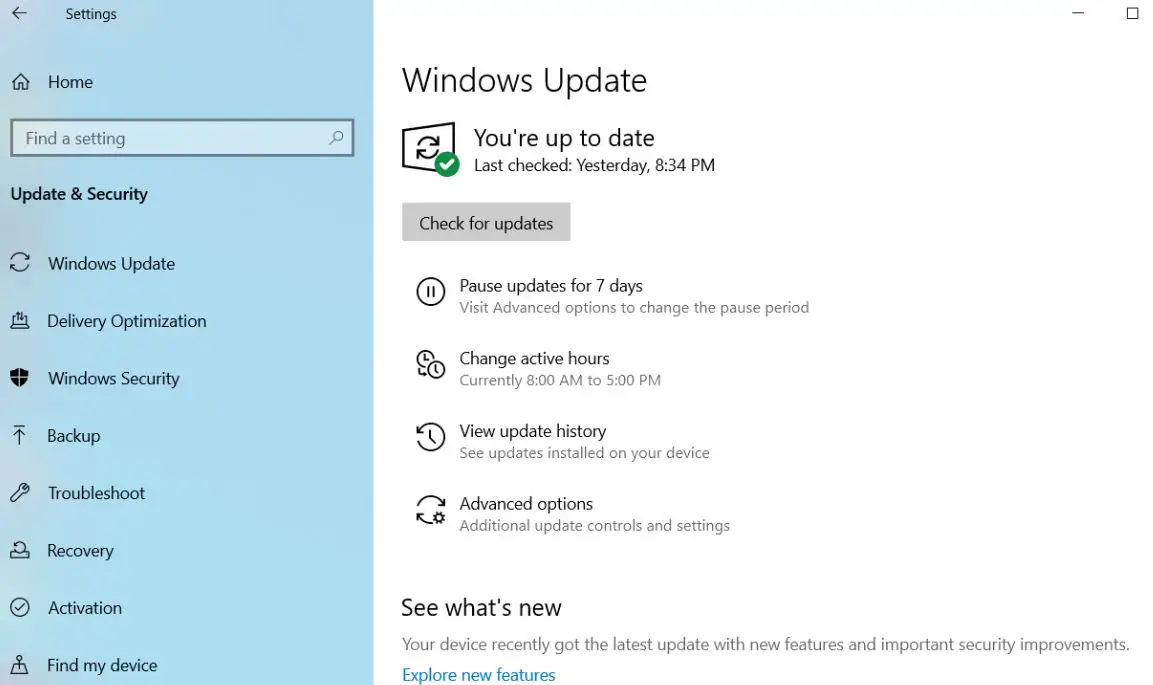
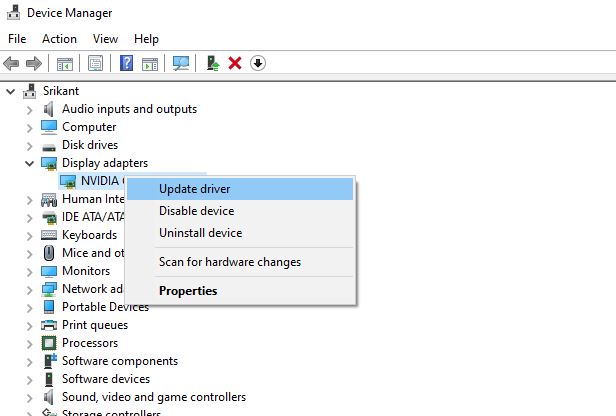
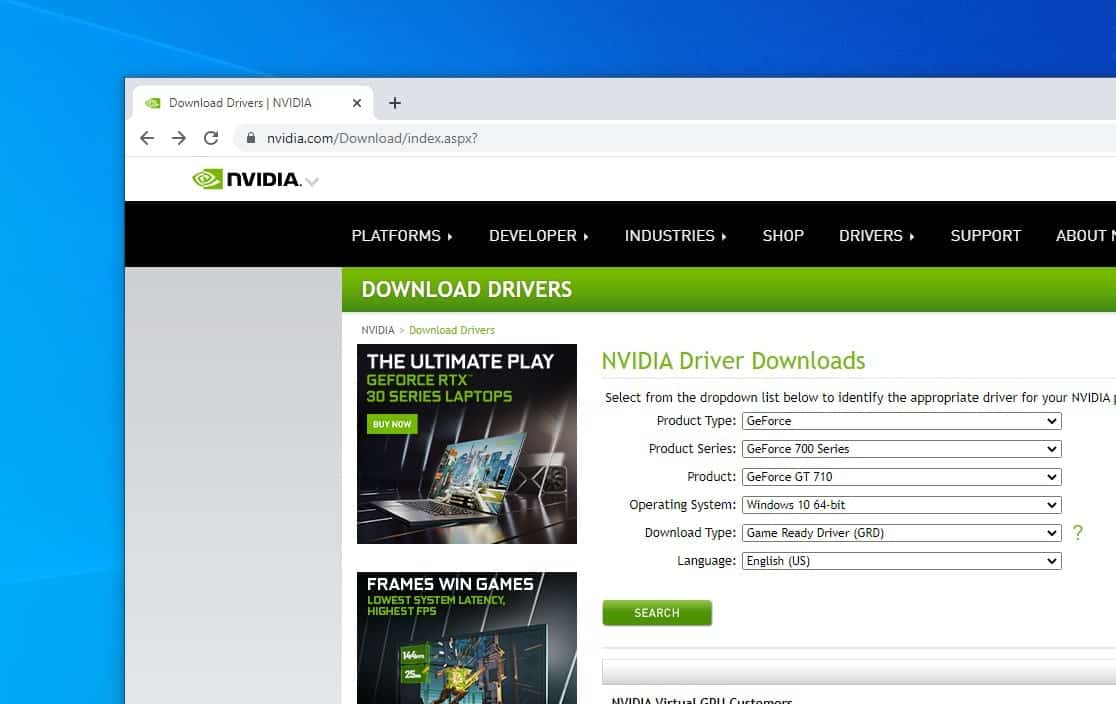 Clear File Explorer Cache
Clear File Explorer Cache